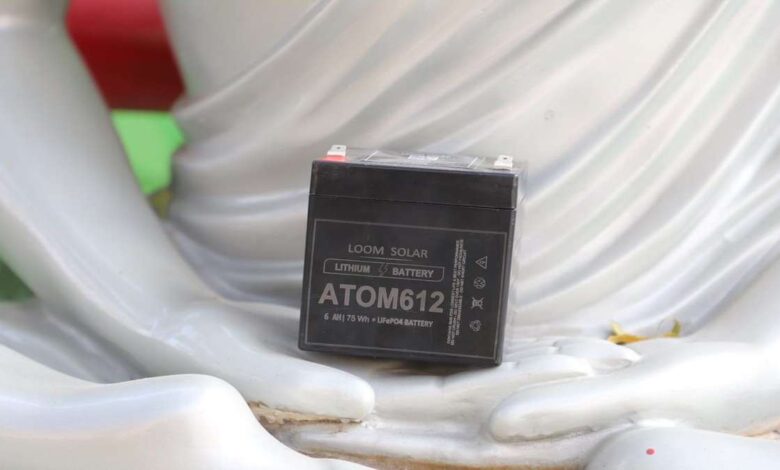Make the most of Solar Power by storing the excess Electricity in Solar Batteries

Solar panels are fantastic since they produce 100% renewable electricity. Only one flaw? During the day, when you consume the least amount of energy, electricity is mostly produced. There is one simple answer if you still want to get the most out of your self-generated power: the house battery. We explain how this battery works in detail in this blog article.
Make the most of your solar energy
Solar panels are nearly typically used in conjunction with a house battery. During the day, solar panels supply power. The electricity generated that is not utilised immediately is injected into the electrical system.
When it becomes dark and your solar system can’t create any more electricity, you’ll have to rely on the grid to get the power you need. In such instances, you pay for the power you use in the same way that other users do. Unfortunately, that price is larger than the price you pay for your green energy.
You may almost totally reverse these statistics by storing your own solar electricity throughout the day and using it in the evening, thanks to a home battery. This way, you’re less reliant on the grid, you can be sure your power is truly green, and you’ll save money. Depending on your unique scenario, even a modest battery of 2.28 kWh can provide you with up to 50% grid independence.
Battery and solar panels
Before delving more into battery storage and determining if this technology is appropriate, it’s important to understand how batteries interact with solar panels. Electricity is generated by solar panels in a traditional solar panel system. This current is transformed from direct to alternating current in the inverter so that it may be used by household appliances.
The gadgets make use of this current directly. The power that isn’t being consumed is pumped into the power system. The counter will flip back when the solar panels produce more power than is consumed, which is a type of subsidy.
How to know how much capacity we require to store the electricity?
You will not be compensated if you create more electricity than you consume. If your annual usage is 3500 kWh and your solar panel system produces 4000 kWh, you will lose 500 kWh of power. A battery storage device might be useful in this situation.
The surplus electricity from the solar panels is stored here when a battery system is included in the installation. When consumption exceeds yield, the battery system, rather than the electrical grid, is employed to provide the excess power. It is now possible to live off the grid. When the battery is depleted and no solar power is available, energy is drawn from the electricity grid.
There are several battery kinds, each with its unique set of characteristics:
- Lithium-ion batteries are ideal for storing the power generated by solar panels. They have a considerable storage capacity in comparison to their weight, and charging takes only a few minutes. Also compare the lithium battery price in 2022 before paying.
- Lead-acid batteries are the oldest and have long been utilised in off-grid applications. They are less expensive than lithium-ion batteries in terms of pricing. Their major disadvantage is that they cannot be drained more than half way, which necessitates the use of a large battery for solar panels, making them less financially attractive.